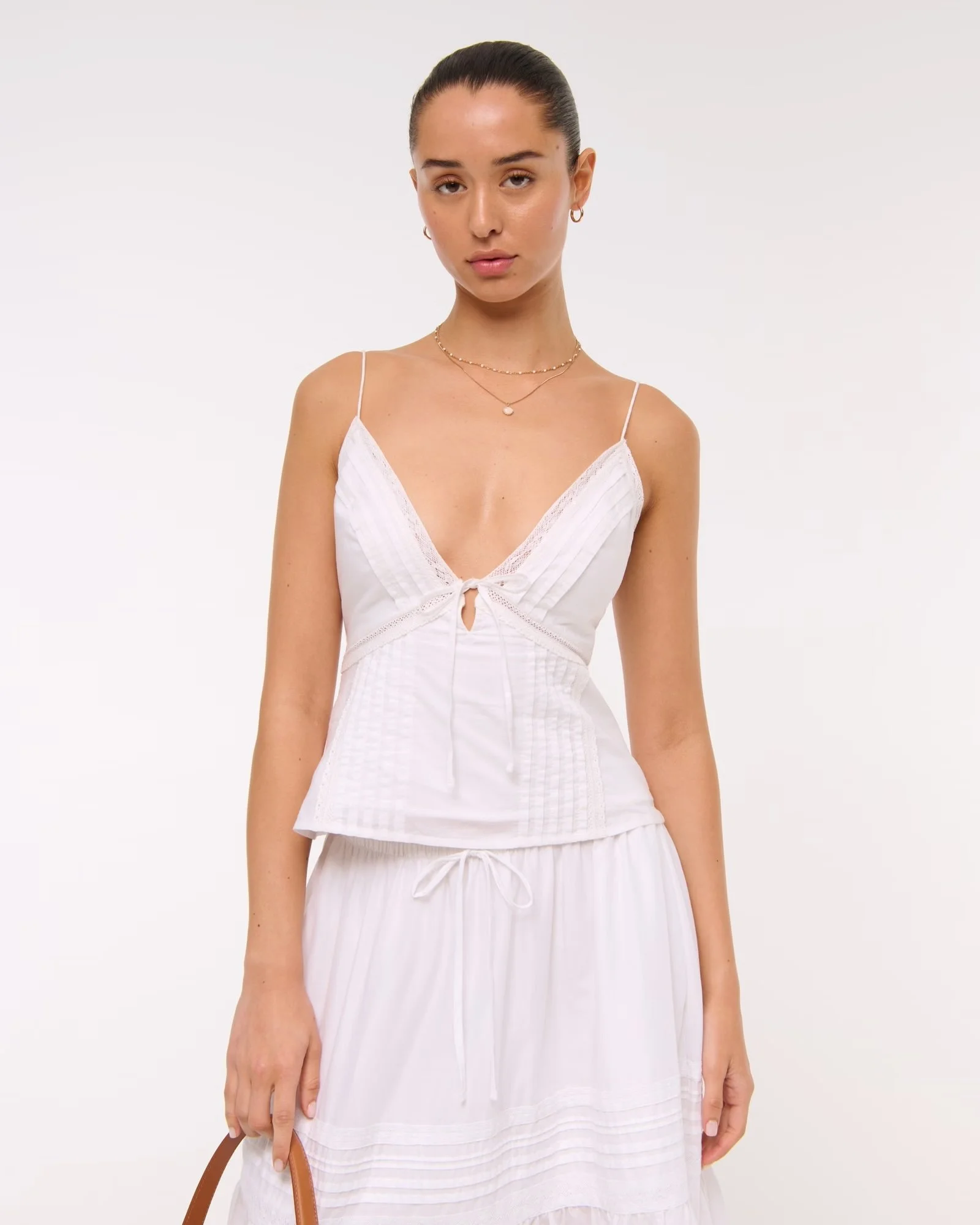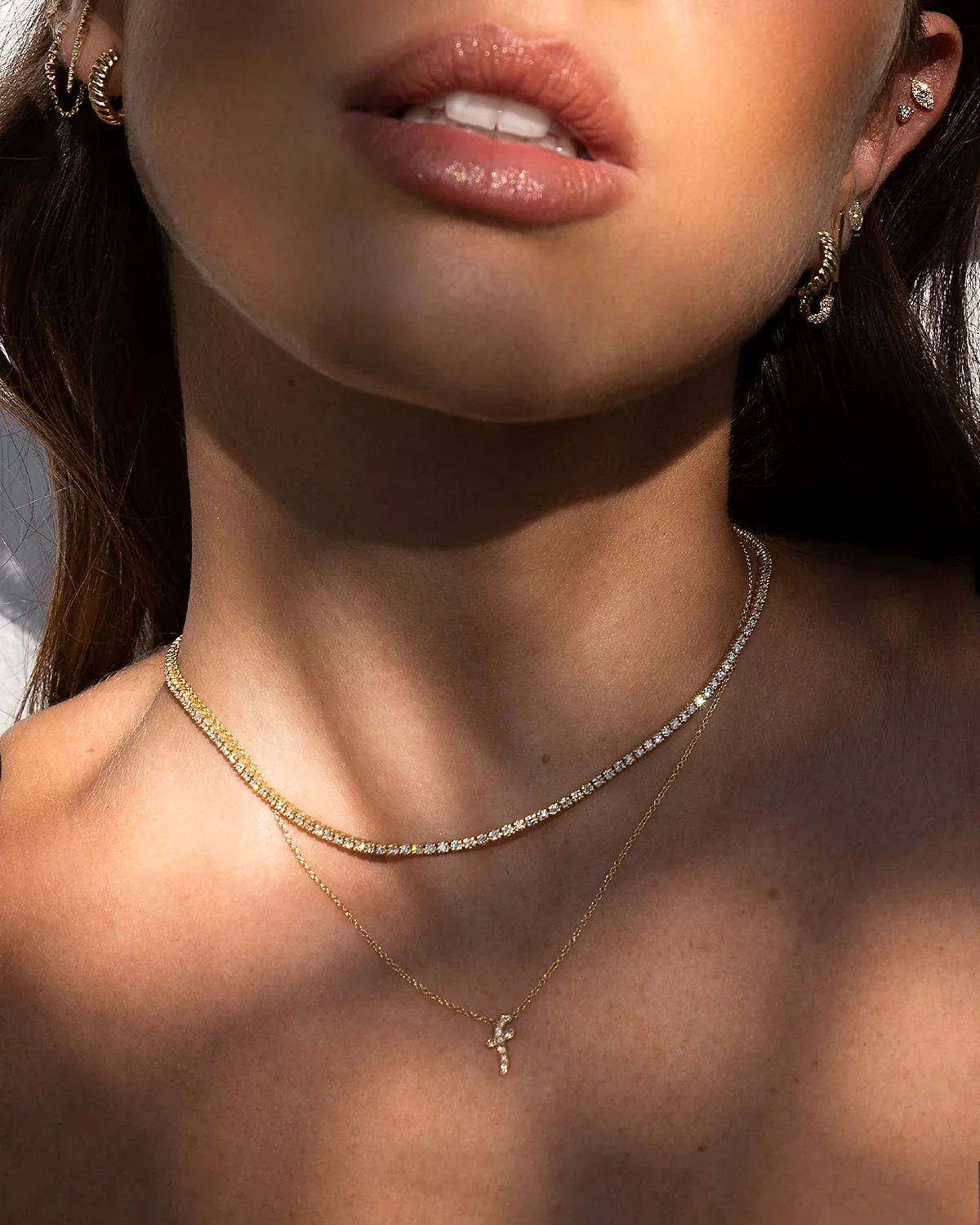A Brief And Baggy History Of Streetwear
Over the past several decades, a growing number of young individuals worldwide have embraced a distinct and individualistic fashion known as streetwear. This style of clothing not only serves as a wardrobe choice but is also regarded as a form of artistic expression and a way of life.
Originating from the vibrant streets of New York's hip-hop culture, the gritty alleys of Tokyo's punk scene, and the laid-back skateboarding community of Los Angeles, streetwear represents a fusion of diverse influences. The convergence of media platforms such as music television and the internet played a significant role in blending these elements to create a relaxed and effortless aesthetic.
You can witness the tangible outcomes of these influences in the current streetwear trends, prominently showcased by popular brands such as PE Nation. These brands not only embody the essence of this aesthetic but also signify its enduring presence, indicating a sustained trajectory with no ending in sight.
In this insightful article, we delve deeper into the myriad influences that have shaped streetwear into the vibrant cultural phenomenon that defines contemporary fashion trends.
No. 1
What Is Streetwear
Streetwear is a fashion style that originated in urban communities, characterized by its casual, comfortable, and modern aesthetic often influenced by hip-hop, skateboarding, and other subcultures.
What exactly constitutes streetwear is impossible to pin down exactly, and it morphs and changes from coast to coast, but it generally involves casual, comfortable items of clothing like sweats, jeans, T-shirts, sneakers, and baseball caps. Recently, anime clothing has become a prominent part of streetwear culture, blending bold graphics, vibrant prints, and iconic characters into everyday fashion.
Considering its humble in-the-hood origins, streetwear has become an international phenomenon with models cross-stepping their way down the runways of Paris in it and rich kids paying big bucks to own limited edition designer pieces.
No. 2
The History Of Streetwear
Now, let's slip on our sneakers and take a walk back through time to examine the history of streetwear.
The 1970s
In the vibrant streets of South Bronx, a revolutionary music genre emerged, known as Hip-Hop, captivating the youth with its fresh beats and raw lyrics.
The pioneers of this movement—once street kids—transformed into global music icons while maintaining an air of effortless style. These innovative artists not only defined a new sound but also curated a style all their own, fusing sportswear with retro finds and eventually incorporating luxury fashion labels as their fame skyrocketed.
Big-name shoe companies like Puma and Adidas were quick to recognize the trend and took intentional steps to ensure that their sneakers aligned with the emerging streetwear aesthetic. This led to the creation of specially crafted shoe designs that resonated with Hip-Hop artists who enthusiastically incorporated them into the evolving streetwear culture.
Alongside the customized footwear, oversized trainers, baggy joggers, bucket hats, and bold hoodies adorned with graffiti-inspired motifs became staples in defining the distinctive style associated with the burgeoning Hip-Hop movement. This iconic fashion not only shaped the streets of New York but also influenced youth culture far beyond the city limits, leaving a lasting impact on the global fashion landscape.
The 1980s
This is the moment when the emerging skateboarding culture of California seamlessly merged with the streetwear movement—with local brands such as Stüssy and Vans taking to their boards and carving their way into the hearts of youth worldwide.
These brands were not just clothes; they were a reflection of the skater lifestyle, offering functional and comfortable attire such as oversized T-shirts and baggy jeans tailored to the rigorous demands of skating. The graffiti-inspired hand-sprayed logos from the Bronx were not just embraced; they were cherished symbols of rebellion and authenticity, coming to embody the essence of California's effortlessly cool youth.
Meanwhile, across the ocean in Japan, the punk rock kids were quick to catch on and eager to be a part of this cultural wave. They added their touch, infusing their sharp fashion sensibilities and a distinctive ninja-inspired palette of black and blood red into the evolving mix, creating a unique fusion of styles that transcended borders.
In the late 1980s, Shawn Stüssy, the legendary surfboard designer who revolutionized skateboarding, began selling printed T-shirts featuring the same signature he used on his custom-made boards, which are still revered as some of the best worldwide. Initially operating out of his car, Stüssy's remarkable products gained rapid popularity and soon made their way into stores.
As demand soared, the astute Stüssy anticipated the future trend and transitioned to offering his merchandise in exclusive limited-edition releases. By deliberately creating a sense of scarcity through these exclusive drops, Stüssy tapped into today's streetwear culture, emphasizing the allure of item exclusivity and fueling eager anticipation among enthusiasts.
The 1990s
Fast forward to the early 1990s, when the major record companies eagerly embraced everything the now mega-popular hip-hop acts produced.
This period saw the establishment of new recording labels that were tailored specifically for the hip-hop movement, including iconic names like Def Jam Recordings, Delicious Vinyl, and Tommy Boy Records, which played a significant role in shaping and promoting the genre's burgeoning artists and unique sound.
These labels not only focused on promoting the music but also branched out, selling their brand logos embroidered on workwear jackets and letterman jackets and expanding their reach to a wider audience. Manufacturers like Carhartt played a key role in bringing these collaborations to life, contributing to the unique and stylish offerings in the fashion market.
By the time the mid-1990s rolled around on polyurethane wheels, the influences on what constituted streetwear expanded to include gangster rap. The whole phenomenon had grown exponentially, attracting attention from major players like the Professional American sports franchises who sought to be part of this cultural movement.
Considering their enormous reach and influence, they have successfully made a profound impact on the streetwear culture. Major league teams such as the Chicago Bulls, New York Yankees, and Los Angeles Raiders have all jumped on board, capitalizing on the trend with the production of oversized team caps, jackets, and jerseys.
The shoe companies have also maintained a strong presence in this lucrative market. This is especially evident with the successful launch of the newest Nike shoe designs, which have quickly gained popularity and are highly sought after by streetwear enthusiasts and collectors alike.
Takeaways
Streetwear has significantly impacted our culture by revolutionizing the way we express ourselves through fashion. Originally rooted in urban and skate culture, streetwear has evolved to become a dominant force in the fashion industry, blurring the lines between high fashion and everyday casual wear.
With its emphasis on comfort, self-expression, and individuality, streetwear has influenced not only what we wear but also how we perceive and interact with fashion. From iconic brands like Supreme and Off-White to collaborations with luxury fashion houses, streetwear has become a global phenomenon that continues to shape trends and redefine what it means to be stylish in the modern world.






























